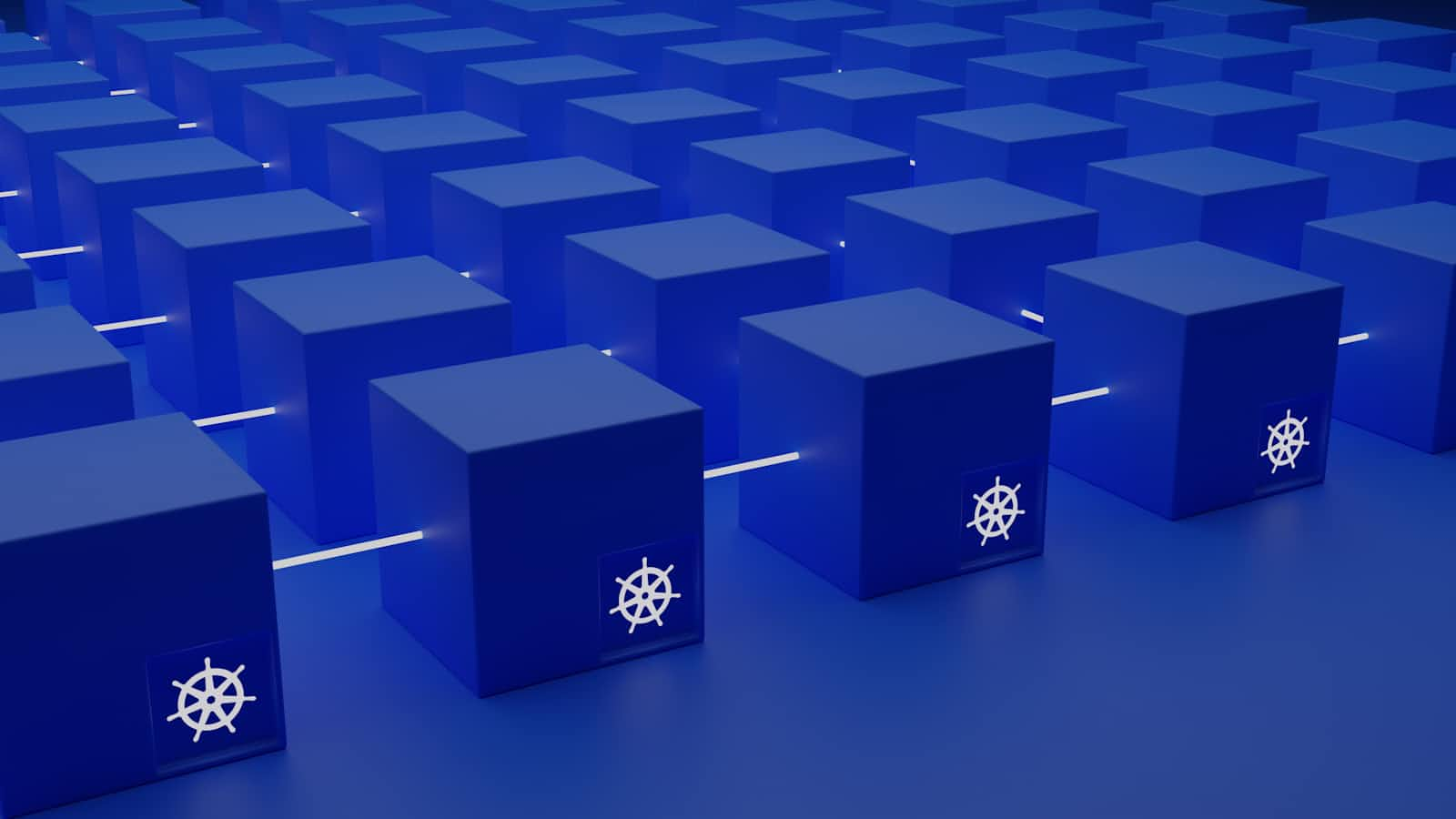Understanding etcd Consistency and Why an Odd Number of Instances Is Important
 Sundaram Kumar Jha
Sundaram Kumar Jha
What is etcd?
- etcd is a distributed key-value store used in Kubernetes to store all of its data (like cluster configuration, state, etc.). Since etcd is a critical part of the system, it needs to be highly available and consistent across multiple instances (nodes).
Why Multiple Instances?
- To ensure high availability and reliability, etcd is typically run in a cluster with multiple instances. If one instance fails, others can continue to serve requests. But running multiple instances introduces a challenge: keeping all instances consistent with each other.
How etcd Maintains Consistency?
etcd uses the RAFT consensus algorithm to ensure that all instances (nodes) in the cluster agree on the current state.
Consensus means that most nodes in the cluster agree on what the current state is. In RAFT, this agreement is called a quorum.
What is a Quorum?
A quorum is more than half of the nodes in the cluster. For example:
In a cluster of 3 nodes, a quorum is 2 nodes.
In a cluster of 5 nodes, a quorum is 3 nodes.
To make any changes to the state, a quorum must agree. This prevents the cluster from having conflicting states.
Handling Network Splits (Split-Brain Scenario)
Imagine the network between nodes is broken, creating two groups of nodes (a "split-brain"):
Group A: 3 nodes.
Group B: 2 nodes.
Group A has a quorum (3 out of 5), so it can continue making changes.
Group B does not have a quorum (only 2 out of 5), so it cannot make changes.
This ensures that changes are only made by the majority group, keeping the state consistent.
When the network is restored, Group B can catch up with the latest state from Group A.
Why an Odd Number of Instances?
Why Not an Even Number?
With an even number of nodes (like 2 or 4):
If you have 2 nodes, both must be available to achieve a quorum (1 is not enough). If one node fails, the cluster can't continue.
If you have 4 nodes, you need 3 nodes to form a quorum (2 is not enough). If two nodes fail, the cluster can't continue.
Why an Odd Number Makes Sense:
With an odd number of nodes (like 3 or 5):
If you have 3 nodes, you only need 2 nodes for a quorum. This means the cluster can tolerate 1 failure and still continue.
If you have 5 nodes, you need 3 nodes for a quorum. This means the cluster can tolerate up to 2 failures.
Benefits of Odd Numbers:
Higher Fault Tolerance: An odd number of nodes maximizes the number of failures the cluster can tolerate while still maintaining a quorum.
Lower Risk of Complete Failure: Fewer nodes are needed to achieve a quorum, reducing the chances that the cluster will stop working entirely if a few nodes fail.
Conclusion
Odd Number of Instances: Ensures better availability and fault tolerance.
Why Not Even?: An even number of nodes reduces the cluster's fault tolerance because it requires more nodes to reach a quorum.
The Goal: To keep the etcd cluster running and consistent even if some nodes fail, which is why an odd number of instances is preferred.
Subscribe to my newsletter
Read articles from Sundaram Kumar Jha directly inside your inbox. Subscribe to the newsletter, and don't miss out.
Written by

Sundaram Kumar Jha
Sundaram Kumar Jha
I Like Building Cloud Native Stuff , the microservices, backends, distributed systems and cloud native tools using Golang